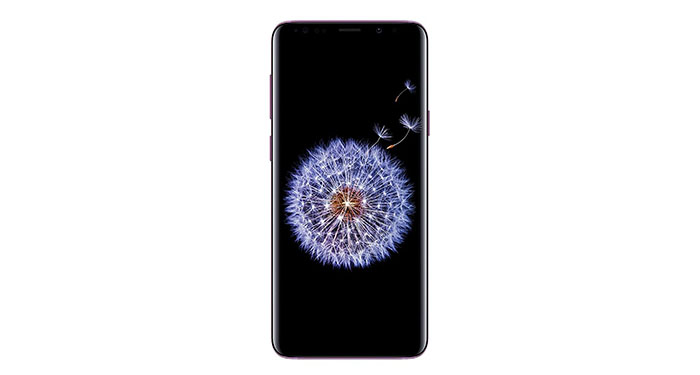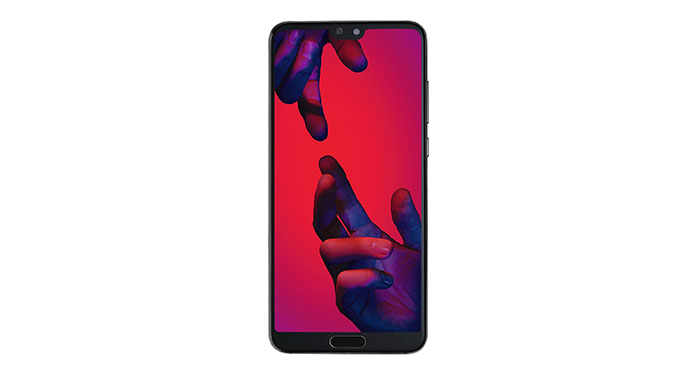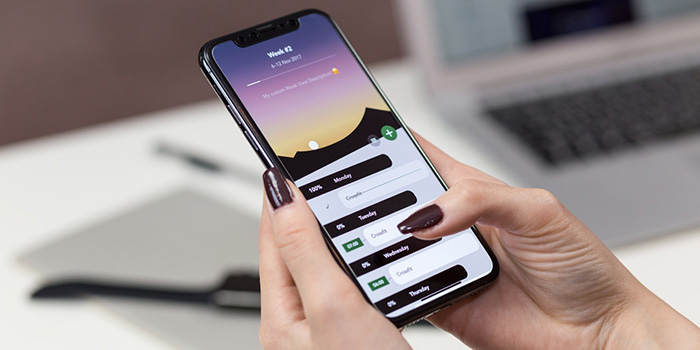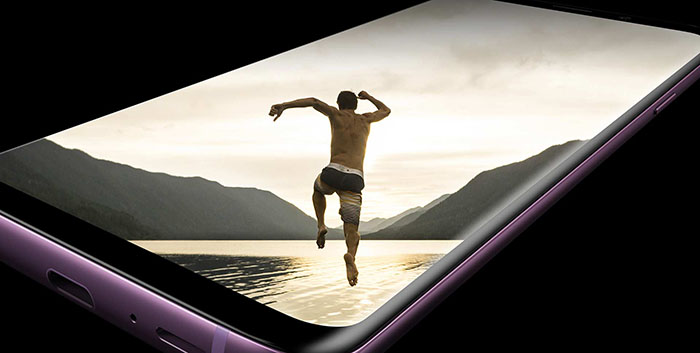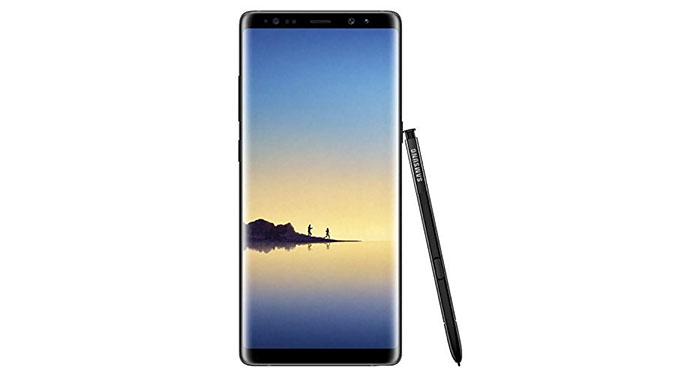
Who Needs a DSLR? Here Are The Six Best Cameras Phone of 2018
Going after the best phone cameras on the market is a really tough job. There are lots of phones coming out of the stables of small and large manufacturers. To cut the chase short, we are considering only the top-end models from various manufacturers.
After testing all the smartphones thoroughly throughout all kinds of lighting conditions, we have a list of the best smartphone snappers with us. But before we start, you must try and understand what you want out of a camera phone. For example, if you are a traveler, you would be leaning more toward a device that snaps great pictures outside.
The screen quality and battery size are also worthy factors if you plan on spending the day out clicking pictures. Plus, if you are watching most of the photos on the phone, something like the OLED screen can give support to the camera. On that note, here’s TechNadu’s list of the best phones cameras of 2018.
-
Samsung Galaxy S9 Plus
The Samsung Galaxy S9 Plus is easily the best camera phone at the moment. It does not just give you the best all-around smartphone experience, but also offers very refined photography experience. Out and out, there are two cameras. On the rear, two 12MP sensors are placed one below the other.
The primary 12MP sensor on the rear is pretty exquisitely built. The f/1.5 aperture of the sensor is the first on a smartphone camera. This typically means that the camera does brilliantly in low light. The sensor also comes loaded with Samsung’s new Dual Aperture Technology. This gives it a range of f/1.5 to f/2.4 to operate.
If you compare the S9 Plus to S8 Plus, the S9 Plus pulls in 28% more light into the lens and cuts noise by 30%. Since Samsung added DRAM to the image sensor stack, the photos are now a composite whole of 12 frames instead of 3. This is what gives the photos such winsome clarity. Slow motion videos can be recorded at 240fps in 1080p and 960fps in 720p.
-
Huawei P20 Pro
The Huawei P20 Pro is the closest runner-up that we remember having in any of our lists. In fact, it is also a very close contender to the Samsung Galaxy S9 Plus when it comes to the spot of the best Android phone in the market. Nevertheless, it is still a top-notch camera phone.
With the P20 Pro, the real treat of photography is stored in the rear. Take that – three cameras with a total of 68 megapixels. Add to the mix the 24MP front camera, and you have a terrific mix of 94 megapixels on one device. But even beyond the megapixel count, the phone offers a super suite of premium photography features.
Assisting the main 40MP camera is a 20MP secondary camera that has a black and white sensor for superior image processing. This means you can lower the noise and better the dynamic range of the camera. What we do not understand is why the camera shoots at 10MP by default!
Notwithstanding that, the third camera on the rear has an 8MP sensor and a 3x zoom. So you lose very less of the image quality when zooming in.
-
Google Pixel 2 XL
If you compare the release date of the Google Pixel 2 XL, you will instantly realize a key difference between this phone and the phones on the top two spots. As of June 2018, the Pixel 2 XL has been out for almost eight months now. And still, it’s made it to the Top 3 of the best camera phones on our list.
The sensors on the back are decent. But it is the amazing software expertise that makes the Pixel 2 XL a very serious camera phone. Despite just a single lens, the phone can churn out stunningly clear portraits. Plus, it brings some real definition into the mix. Perhaps that is the technology that helps Google beat Apple in the race for the best phone cameras.
However, there is a slight bit of lag while taking the picture. You cannot ignore it because it is all too evident. But it is the optical image stabilization that happens right after it which makes the pictures purely delectable. The Pixel 2 XL is a smartphone for those who want a more premium experience on Android and especially with the camera.
-
iPhone X
The iPhone X has the best Apple camera ever. We are speaking for both the cameras on the front and the back. Low light or bright outdoors, the double sensor on the rear is fully capable of stunning you every time. The photos are surprisingly detailed and the natural color representation id true to the T.
Add to that the OLED screen and you have a surprising vivacity to the screen – one that has been missing in the previous iPhones. The images look just fine when you upload them to the social media. Both the 12MP sensors have optical image stabilization, and one of them is also telephoto. It’s a nice move if you ask us. The speed of snapping is also pretty crisp.
The camera on the front is a TrueDepth snapper. It’s an above-decent camera that gives you selfies just as bright as you want. You can also blur the background of the selfies with the help of the second sensor. The iPhone X is still not the best smartphone camera on the market today. But it is one of the best – and definitely, the best that Apple has ever created.
-
Samsung Galaxy S9
The Samsung S9 Plus has been widely regarded as the best camera phone in the world. And then, you would ask why the S9 itself features so low on the list. That is because Samsung decided to go with a different set of camera kits on the two models, quite unlike what they did in the S8 and S8 Plus.
But the Galaxy S9 is still a top snapping camera even with one 12MP sensor on the rear. The 12M sensor used on the S9 is the better version of what we have seen on the S8. Samsung has given the S9 brilliant low-light photography skills and best-in-industry aperture of f/1.5. Then, there’s a super slow motion camera that adds a 960fps video recording to the mix as well.
Just like the S9 Plus, the S9 has a dual aperture in the camera. This allows you to go hunting with the snapper at f/1.5 in low-light and f/2.4 in brighter scenes. All in all, you get an easy-going camera with an intuitive camera. It gives you desirable results most of the times.
-
Samsung Galaxy Note 8
It’s been mighty close to a year that the Samsung Note 8 has been launched. And yet, we can’t get over our obsession with it. The dual sensors on the Note 8 are as powerful as they are impressive. You get a blurred background, decent snapping speed, a telephoto lens, clear selfies, and all other things that you want from a high-end smartphone.
The enhanced battery life compared to Samsung’s other phones means that you will be able to keep taking photos over more extended periods of time. Plus, you can get to enjoy the images with the more accurate representation of colors. The best thing that we like about Samsung phones is that almost every snap you take comes out crisp and clear.
Even in low light, the Galaxy Note 8 is a clear winner. Its low-light photography is still one of the best that we have seen from a high-end smartphone. The Note 8 is still an expensive phone, and the image modes that Samsung has added have done clear justice to that.
Final Words
As much as we were excited to see the launch of OnePlus 6 and expected the camera to break a leg, we could not find it enough of a deal to fit it in our list of the six best phone cameras. That said, the OnePlus 6 is definitely another flagship killer from the stable of OnePlus, promising to take down just about any giant with is a pure Android experience.
So that was TechNadu’s list of the best smartphone cameras that we have at the moment. Let us know of your thoughts about these phones and their cameras. If you liked this article, show us a little love and share it with your friends on the social media.

